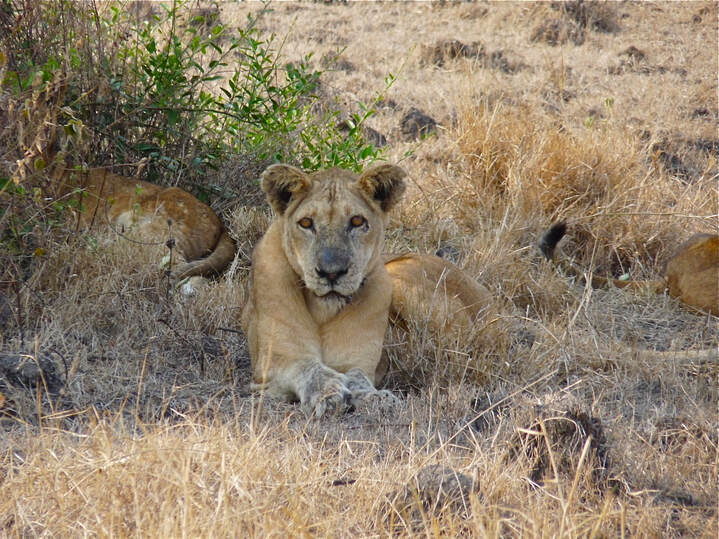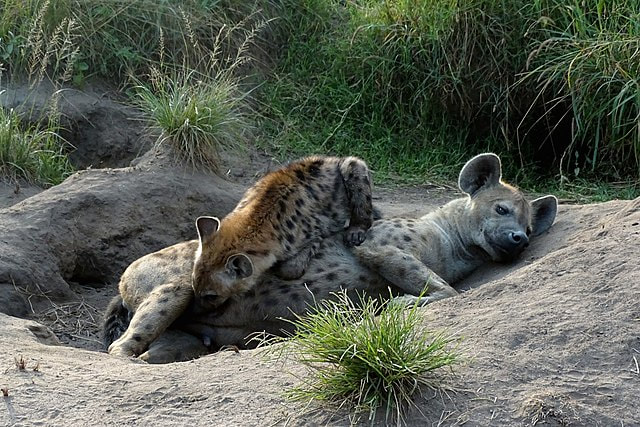
Kasenyi
Queen Elizabeth National Park is located in southwestern Uganda. It was founded in 1952, and is Uganda’s second largest and most visited park. It is also a world biosphere reserve, has a RAMSAR-protected wetland, and is classified as an Important Birding Area (IBA) by Birdlife International.
Comprising 2,080 sq. km., the greater Queen Elizabeth Conservation Area boasts spectacular biodiversity, the home of elephant, lion, leopard, hyena, hippo, crocodile, warthog, 10 species of primates (including chimpanzees), 612 bird species, and numerous species of herbivores such as the Ugandan kob, bushbuck, buffalo, and defassa waterbuck.

Habitats include savannah grasslands, wetlands, and lowland forests. The park is also famous for its volcanic features that include volcanic cones and deep “explosion” craters.
A large portion of our work is conducted in the northern section of the park, an area called Kasenyi. Also known colloquially as the Kasenyi plains, along with the Mweya peninsula that connects with the Kazinga Channel, the area is often frequented by a variety of ungulates and predator species such as lions, hyenas, and leopards.
To read more about Queen Elizabeth National Park, visit the Uganda Wildlife Authority’s website.
